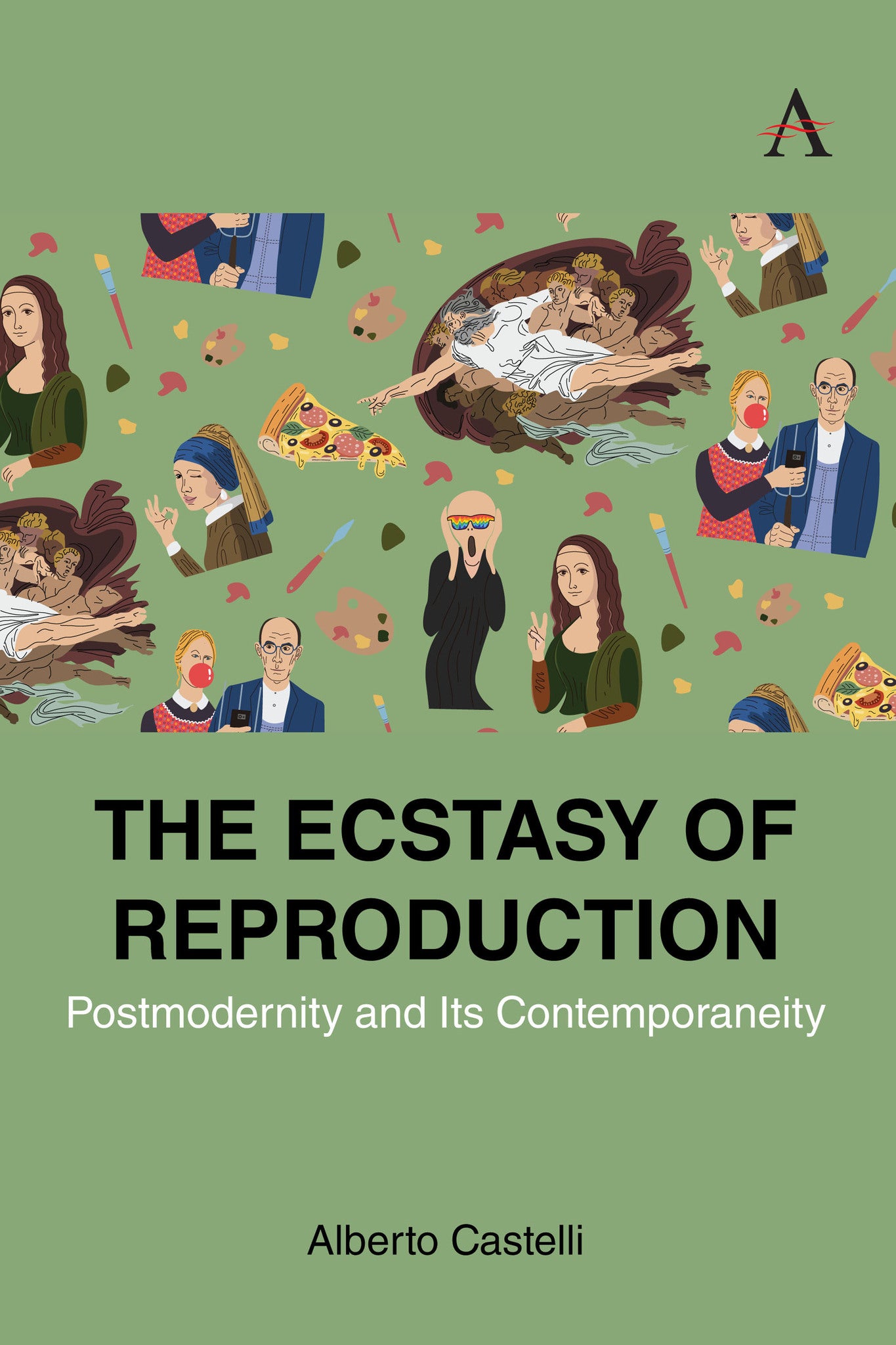We're sorry. An error has occurred
Please cancel or retry.
The Ecstasy of Reproduction

Some error occured while loading the Quick View. Please close the Quick View and try reloading the page.
- Format:
-
03 February 2026

The Ecstasy of Reproduction strives to describe contemporaneity. The subject is the first quarter of the 21st century which the author sees as a condition of historical crisis. Therefore, he analyzes its moral, sociological, and aesthetic expression. We do not need another book on postmodernity, but we need to know where we are along the postmodern turn. Because, of course, we are still in it. We are at least a century away from its ending. “The claim that postmodernism has not ended and that understanding this is a crucial component to understanding contemporary culture differentiates my claim from the vast majority of scholarship on the period, which claims that postmodernism has ended (whether in 1989 or 2001 or 2008, etc.). My reading of cultural objects presents some polemic claims that are generative into thinking through the distinctions in making claims about whether postmodernism has or has not ended.” The author questions the possibility of creation, culture, the writer, and the artist. Ca va sans dire originality is a thing of the past. The one of the present age is not an exercise of plagiarism, it is simply that to create is to reproduce. Castelli writes this text with immense intellectual responsibility and feels that history is a vanishing process. If the artificiality of hyperreality is more real than reality, then it is difficult to believe that science is progress. Even more when a mass of anonymous consumers dances in unison before a hologram.

LITERARY CRITICISM / General, Comparative literature, SOCIAL SCIENCE / Popular Culture, PHILOSOPHY / Aesthetics, Society and culture: general, Philosophy and Religion




